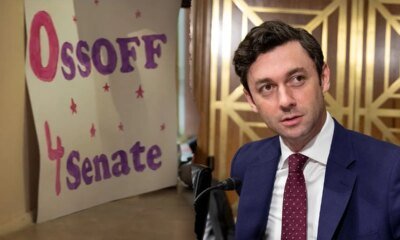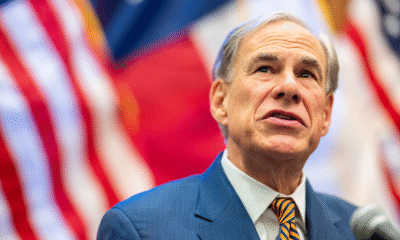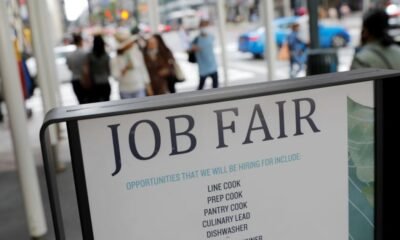INTERNACIONAL
Parkland survivor jumps into crowded NYC House race as Gen Z progressives challenge party elders

NEWYou can now listen to Fox News articles!
John F. Kennedy’s grandson Jack Schlossberg picked up plenty of national attention when he launched a congressional campaign to replace retiring Rep. Jerry Nadler, D-N.Y., but the content creator is far from the only young, progressive candidate vying to represent the Big Apple in the U.S. House of Representatives.
Democratic activist Cameron Kasky, 25, launched a campaign on Tuesday for New York’s 12th Congressional District, joining an already crowded field of Democratic primary contenders.
Kasky is jumping into the race as progressives across the U.S., especially in New York City, seek to seize Democrats’ success in the 2025 races, including gubernatorial wins in New Jersey and Virginia and 34-year-old socialist Zohran Mamdani taking the helm of the largest city in America.
«New Yorkers are always on the move, reaching new heights, and rushing towards the future, but today’s leaders just can’t keep up,» Kasky said in his announcement video, while walking through a busy New York City between jump cuts of the Gen-Z activist riding public transportation.
CAMELOT OR CRINGE?: MEET JFK’S GRANDSON TURNED CONGRESSIONAL CANDIDATE FOR THE SCROLLING GENERATION
Co-founder of the student-led gun violence prevention group «Never Again,» Cameron Kasky, speaks at the March For Our Lives II to protest against gun violence on June 11, 2022, in Los Angeles, California. (Sarah Morris/Getty Images)
The video is reminiscent in tone and style to Mamdani’s own jumpy and cinematic-forward videos, with Kasky’s political campaign debut scripted over a jazzy musical ensemble.
SOCIALIST WAVE SPREADS COAST TO COAST AS PROGRESSIVE DEMOCRATS RALLY AROUND ZOHRAN MAMDANI’S NYC WIN
«I’m Cameron Kasky, and I’m running for Congress because it feels like our party has no future, so we need to invest in a new generation of leaders to take on the fight.
Kasky said «he never dreamed» of getting into politics, but after surviving a mass shooting at Marjory Stoneman Douglas High School in Parkland, Florida, in 2018, and later leading the March For Our Lives, a student-led organization supporting gun control legislation, he said he learned «the hard way» that it happened because of the «American system,» he now seeks to dismantle.
His key campaign promises are Medicare for All, calling for an end to «funding genocide» and abolishing U.S. Immigration and Customs Enforcement (ICE).
Both Schlossberg and Kasky are seeking to unseat Rep. Jerry Nadler, D-N.Y., the 78-year-old who is retiring at the end of next year after decades in Congress. Nadler currently represents Manhattan’s West Side, from Chelsea and Greenwich Village, through Midtown and Hell’s Kitchen, all the way up to the Upper West Side.

Jack Schlossberg, grandson of President John F. Kennedy, takes a photo as U.S. President Joe Biden departs for Michigan from the South Lawn of the White House in Washington, on Sept. 6, 2024. (Annabelle Gordon/Reuters)
Kasky’s announcement came on the heels of New York City Council member Chi Ossé launching a primary challenge against House Minority Leader Hakeem Jeffries, D-N.Y., in a neighboring congressional district amid an ongoing discussion about the party’s future.
But even Mayor-elect Mamdani has rejected Ossé’s primary launch against Jeffries, arguing it’s not «the right time» to challenge the highest ranking House Democrat.
As for Schlossberg, he is practically political royalty. But to New York City’s chronically online electorate, he is better known as the star of hundreds of satirical, and often absurd, viral videos, amassing close to 850,000 TikTok followers and nearly 770,000 on Instagram.
Despite the followers and the Kennedy connections, Schlossberg has a thin résumé. He most recently served as a political correspondent for Vogue during the 2024 presidential election.
Kasky and Schlossberg are far from the only candidates in an already jam-packed Democratic primary.
Nonprofit leader and activist Liam Elkind is also in the running, and Elkind’s own launch video follows a similar walk-and-talk style as his fellow young, progressive opponents.
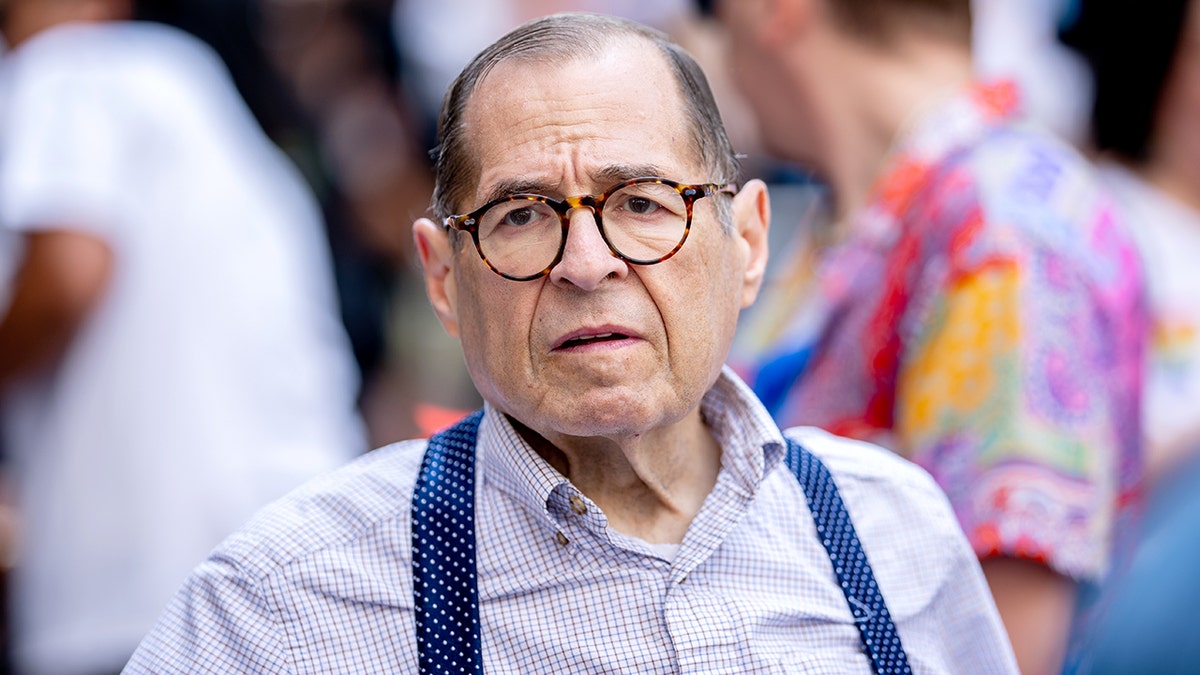
United States Senator Jerry Nadler (D-NY) attends the 2023 New York City Pride March on June 25, 2023, in New York City. (Roy Rochlin/Getty Images)
Chief among the 26-year-old’s campaign promises is to «actually fight Trump,» in addition to improving the Democratic Party, ending corruption, affordability and civil rights.
Also campaigning in the crowded field are Assembly members Micah Lasher and Alex Bores as well as Council member Erik Bottcher.
According to 43-year-old Lasher, he is running to «revitalize the Democratic Party, fight Trump’s agenda, and deliver results that improve the lives of New Yorkers.»
Meanwhile, Bores, who is in his mid-30s, said he is «running for Congress because big systems have stopped working for the little guys — but together, we can fix them.»
And 46-year-old Bottcher is running to «keep the New York City dream alive and take back our country.»
Civil rights lawyer Laura Dunn, former journalist and political commentator Jami Floyd, Merrill Lynch and Mercury Capital Advisors alum Alan Pardee, and LGBTQ rights activist Matthew Shurka are all vying for the coveted Democratic nomination.
CLICK HERE TO DOWNLOAD THE FOX NEWS APP
Forty-year-old Dunn said she is «running fearlessly for the people,» while 61-year-old Floyd notably did not vote for Mamdani this November and has been carving out a moderate position in the primary.
Pardee, 58, said he is running to create «policies that make our city livable for all families,» and Shurka, 37, said he is campaigning to «take on corruption, confront Donald Trump’s attacks on this city, and fight for the people who make New York home.»
midterm elections,elections,democratic party,democrats,new york city
INTERNACIONAL
86 Dems vote with Republicans to condemn socialism in wake of Mamdani’s mayoral victory
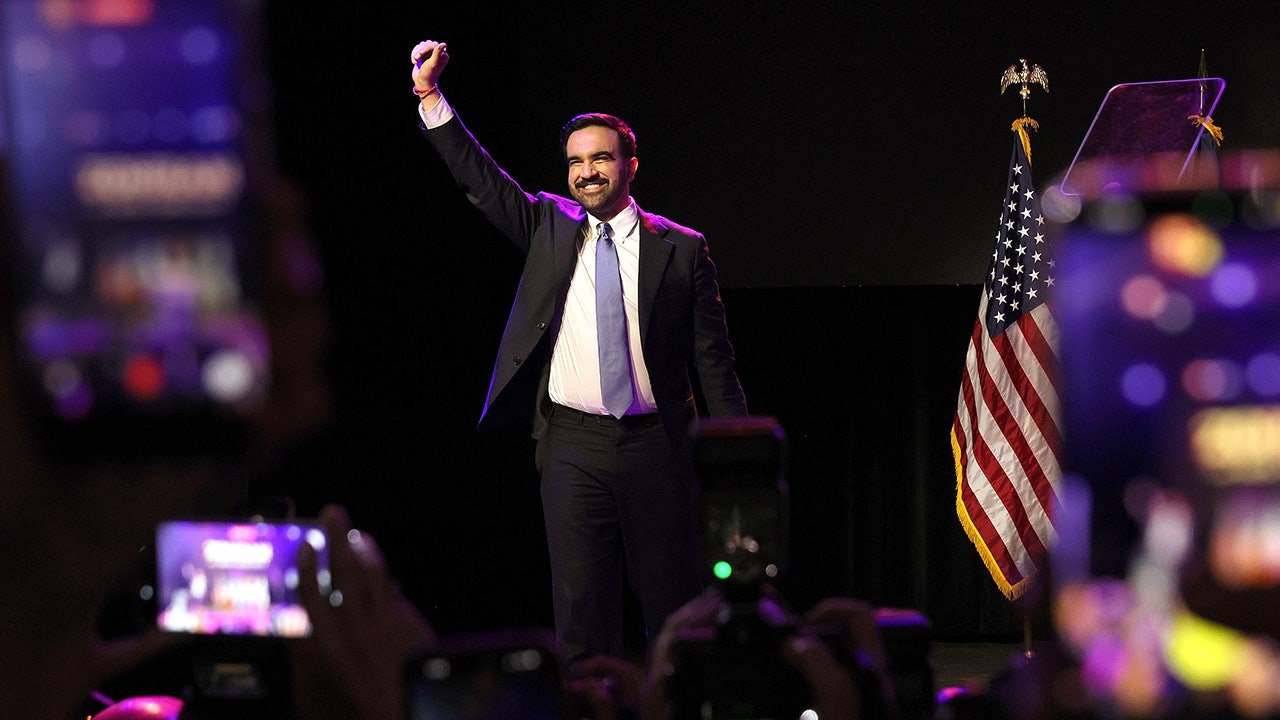
NEWYou can now listen to Fox News articles!
The House of Representatives overwhelmingly voted in favor of a resolution condemning socialism Friday morning, with several Democrats crossing the aisle to rebuke «socialist policies» in the U.S. following Zohran Mamdani’s recent election as the mayor-elect of New York City.
Eighty-six Democrats joined Republicans in supporting the measure in a 285-98 vote. Two members, Rep. Deborah Ross, D-Pa., and Rep. Janelle Bynum, D-Ore., voted present.
Notably, House Minority Leader Hakeem Jeffries, D-N.Y. — who endorsed Mamdani just days before the mayoral election — also voted in favor of the measure.
The resolution, introduced by Rep. Maria Salazar, R-Fla., highlights a list of the economic system’s failures and serves as a rebuke of political forces inching toward more socialist platforms. Among other items, it asserts that socialism has led to famine and mass murder under the Cuban Castro regime, the Chinese rule of Mao Zedong, the ongoing Venezuelan regime of Nicolás Maduro and others.
«Resolved by the House of Representatives that Congress denounces socialism in all its forms and opposes the implementation of socialist policies in the United States,» the text reads.
SOCIALIST WAVE GOES COAST-TO-COAST AS HISTORIC WINS SHAKE UP THE 2025 MAYORAL ELECTIONS
Rep. Maria Salazar, R-Fla., speaks during a roundtable discussion at the U.S. Capitol in Washington on Mar. 3, 2025. (Kayla Bartkowski/Getty Images)
While the resolution itself isn’t binding, the congressional rebuke comes as socialism — and its political momentum — have taken up a larger share of the national spotlight in recent months.
Progressive candidates like Bernie Sanders, I-Vt., Alexandria Ocasio-Cortez, D-N.Y., and others have continued to push for an increased government role in public services like healthcare and education. That’s dovetailed with new champions of progressive policies like Mamdani, a self-described socialist.
The resolution also comes as Mamdani is set to meet with President Donald Trump on Friday.
Rep. Byron Donalds, R-Fla., said he believes socialism is incompatible with the American ideal of freedom. He applauded the resolution on Friday morning.
«It always leads to a destruction of liberties for people,» Donalds said of socialism.
DEMOCRATS DID START THE FIRE OF SOCIALISM. NOW, THEY ARE AFRAID IT WILL BURN THEM
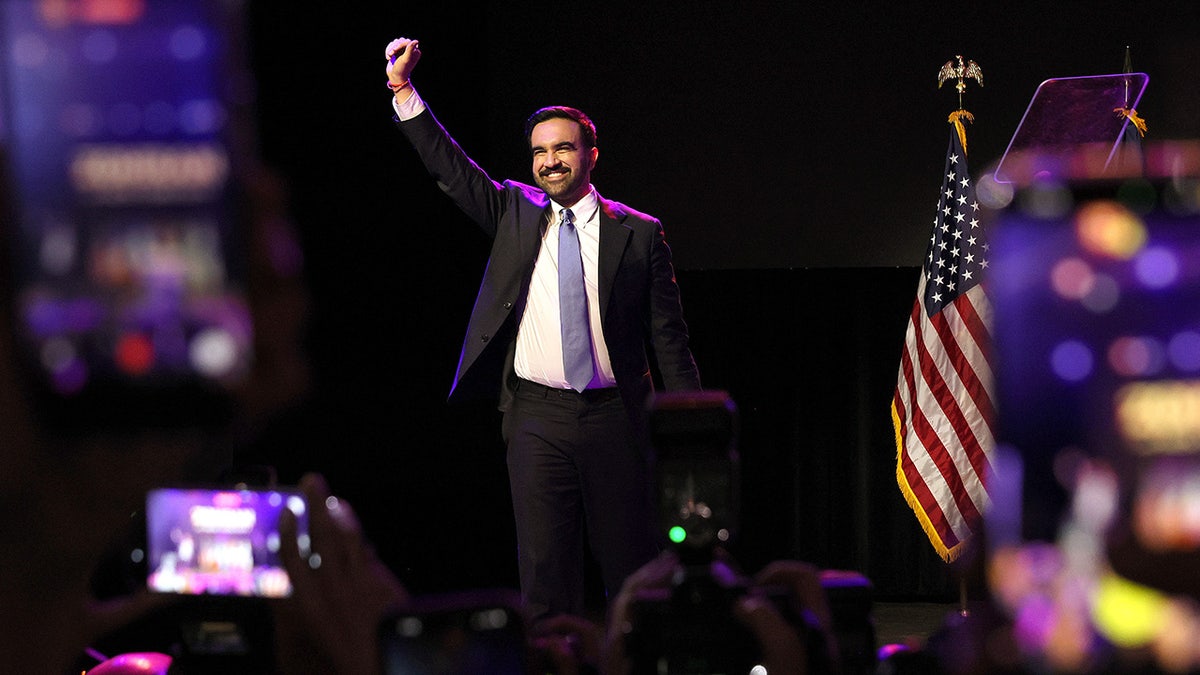
New York City Democratic Mayor-elect Zohran Mamdani celebrates as he takes the stage at his election night watch party at the Brooklyn Paramount in New York City on Nov. 4, 2025. (Michael M. Santiago/Getty Images)
He noted that socialism requires a top-down structure of authority to manage the distribution of resources. That, he believes, is a trait shared by other forms of oppressive government.
«We have a responsibility to defend the American core of capitalism, free markets and liberty [against] socialism, democratic socialism, communism, authoritarianism, fascism,» Donalds said.
While increasingly progressive wings of the Democratic Party have enjoyed momentum in recent months at a time when the party has struggled to unite behind a cohesive brand, not all Democrat lawmakers view socialism’s emergence as something the party should embrace.
Rep. Tom Suozzi, D-N.Y., one of the members who voted for the disapproval resolution on Friday, has opposed overtly socialist platforms, urging his Democrat colleagues to return to a more centrist path.
REPUBLICANS PUSH TO MAKE MAMDANI THE NEW FACE OF THE DEMOCRATIC PARTY
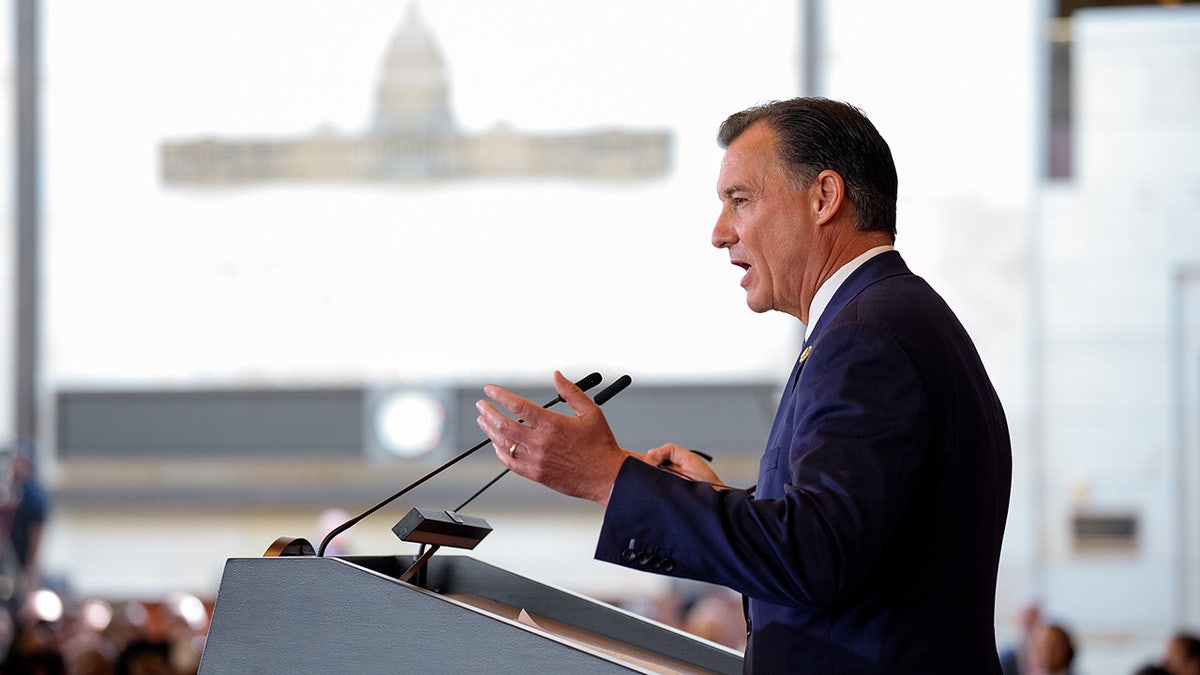
Rep. Tom Suozzi, D-N.Y., speaks during a Congressional Gold Medal ceremony on Capitol Hill in Washington on Sept. 3, 2025. (Andrew Harnik/Getty Images)
CLICK HERE TO GET THE FOX NEWS APP
«I talk about being a new kind of old-fashioned Democrat and giving policy prescriptions about what we need to do to address people’s concerns about the economy and affordability and the cost of living and wages,» Suozzi wrote on X earlier this month. «The answer is not the populism of Donald Trump or Zohran Mamdani — it’s about giving specific policy prescriptions.»
politics,congress,socialism
INTERNACIONAL
Mientras el mundo busca energías limpias, millones siguen sin tener electricidad

Estilos
INTERNACIONAL
Israel-Hezbollah border tensions rise as terror group rearms, resists US- backed ceasefire
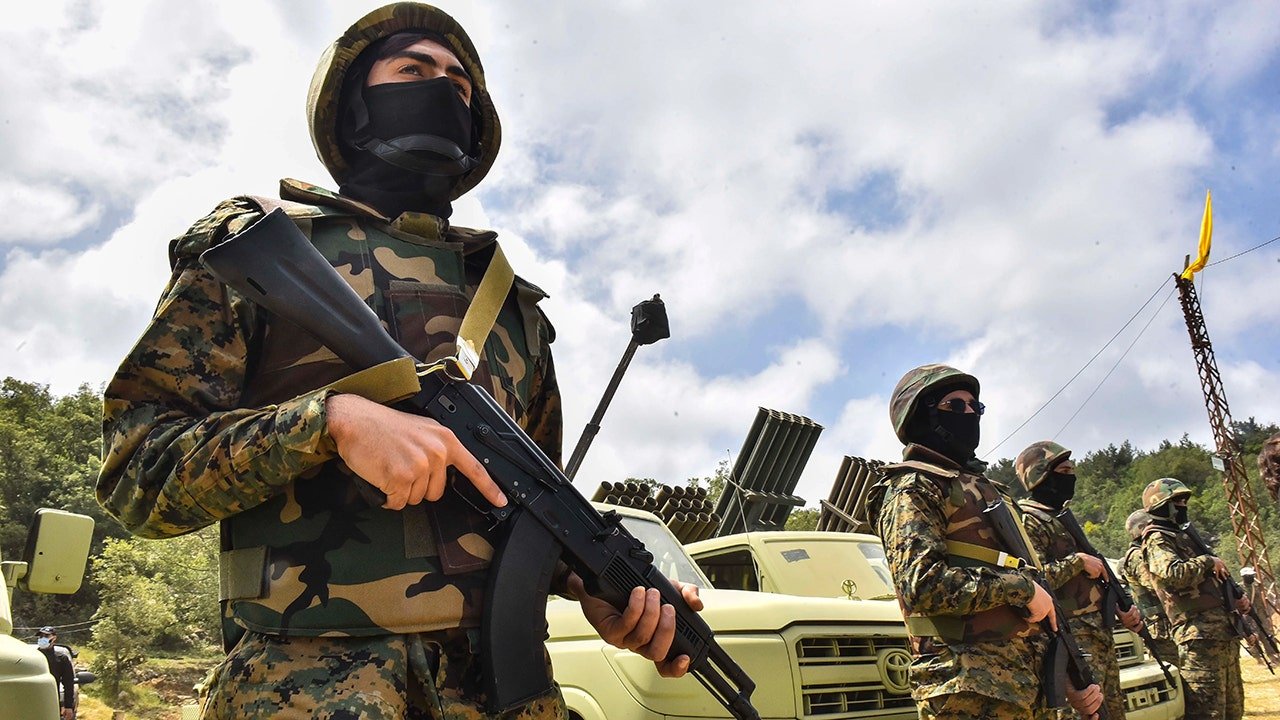
NEWYou can now listen to Fox News articles!
The Iran-backed Lebanese terrorist movement Hezbollah is rebuilding its military arsenal on Israel’s northern border, as experts warn that another war between the two sides could be on the horizon. The latest developments come a year after the U.S. helped broker a ceasefire between the parties.
On Wednesday, IDF spokesman Nadav Shoshani, said Hezbollah had engaged «in a blatant violation of the ceasefire agreement.» Shoshani also released a video showing the rearming, claiming the terror group was «operating to reestablish its assets in the village of Beit Lif.»
Critics argue that the U.N. peacekeeping force, UNIFIL, is not fulfilling its mandate to disarm the terror group and the Lebanese Armed Forces are moving too slowly, which has led to continued Israeli actions against the terrorists. The IDF has been launching near-daily strikes against the group’s infrastructure and operatives inside Lebanon.
IRAN SMUGGLED $1B TO HEZBOLLAH THIS YEAR DESPITE US SANCTIONS, TREASURY OFFICIAL SAYS
Hezbollah fighters attend the funeral of their commander Wissam al-Tawil, in the village of Khirbet Selm, south Lebanon, Tuesday, Jan. 9, 2024. A war of words that has unfolded in Lebanon show longstanding schisms in the small country over Hezbollah, now amplified by the militant group’s role in the Lebanon-Israel border clashes and by fears that an already crisis-hit Lebanon could be dragged into an all-out war. (AP Photo/Hussein Malla, File)
Sarit Zehavi, a leading Israeli security expert on Hezbollah from the Israel Alma Research and Education Center, told Fox News Digital that Hezbollah does not currently «have the capability to carry out an October invasion. They had it prior to Oct. 7, 2023. They can send in a few terrorists. I want to believe it will take a few years to get those capabilities back.»
Fox News Digital exclusively reported last year on Hezbollah’s war plan to invade northern Israel and carry out a scorched-earth campaign against the Jewish state.
A day after the Iran-backed Hamas invaded Israel on Oct. 7, 2023, and massacred over 1,200 people, Hezbollah launched missile attacks against Israel.

A strike against Hezbollah that the Israeli Air Force says was carried out overnight. (Israeli Air Force)
WHAT IS THE DIFFERENCE BETWEEN THE MIDDLE EAST’S HEZBOLLAH AND HAMAS GROUPS?
Zehavi said, «Both the IDF and Hezbollah are very active. The IDF is very active to stop the rehabilitation of Hezbollah and Hezbollah is very active in rebuilding. Hezbollah learned lessons. It has been more problematic to smuggle weapons to Lebanon from Syria. It is happening. But the Syrians intercepted weapons.»
She noted that the «Syrian regime is willing to fight Hezbollah to fight weapons smuggling. Hezbollah is relying more on manufacturing rockets.»
Zehavi, who lives in northern Israel, said that «almost half of Israeli attacks on Hezbollah are south of the Litani river. We see a lot of investment from Hezbollah in drones, short-range rockets, mortars and anti-tank missiles.»
On Tuesday in Germany, prosecutors started a trial against an alleged Hezbollah member running «an extensive drone program for some time.»
The German Federal Prosecutor’s Office said the suspected Hezbollah operative Fadel Z joined Hezbollah more than 10 years ago and worked as a «foreign operator» for the group’s drone program in 2022 in Spain and Germany.
Zehavi said it suffered a defeat of its leadership via the Mossad pager attack on its commanders. However, she added, «Iran immediately provided oxygen to Hezbollah for treatment to help revive Hezbollah.»
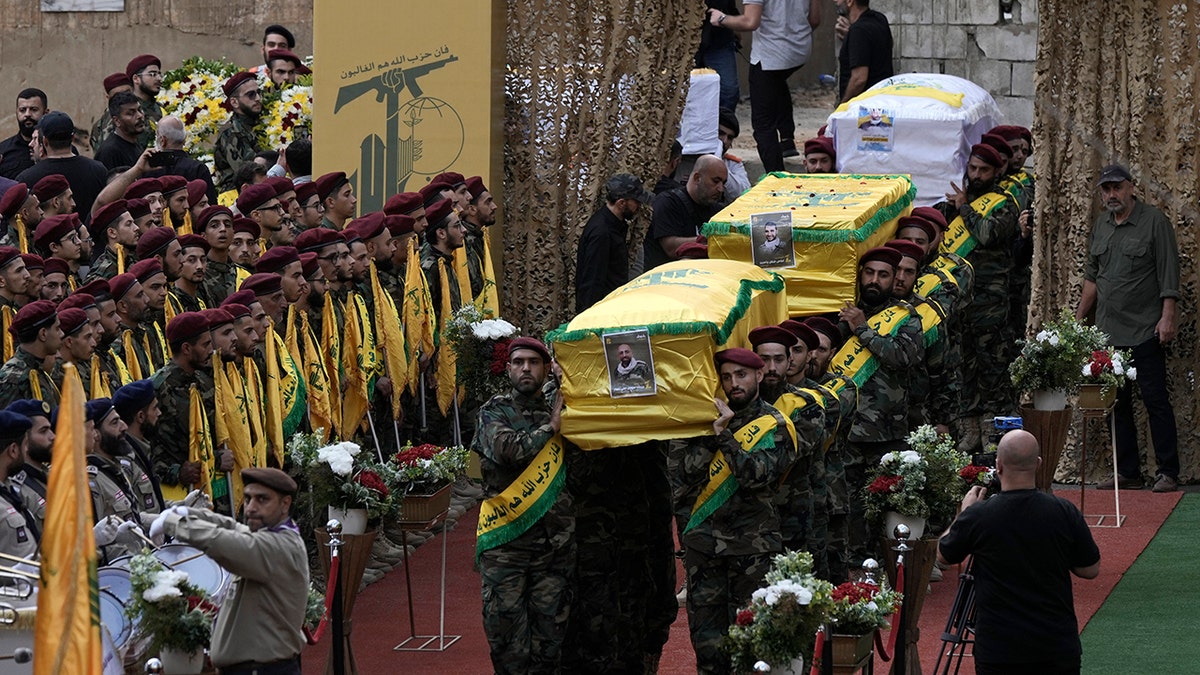
Hezbollah fighters carry the coffin of four fallen comrades who were killed Tuesday after their handheld pagers exploded, in the southern suburb of Beirut, Lebanon, on Wednesday, Sept. 18. (Bilal Hussein/ AP)
ISRAEL DEGRADES IRAN-BACKED HEZBOLLAH TERRORISTS IN SPECTACULAR PAGER EXPLOSION OPERATION: EXPERTS
She outlined Israel’s main defense strategy against Hezbollah. First, the IDF has positions in Syria and Lebanon. «We cannot have civilians on the front line. The IDF is on top of hills in Israel and Lebanon and can see everything and can respond quickly to terrorist activities. This means when an Israeli woman opens her window and used to see a Hezbollah flag, she now sees an Israeli flag. This gives her a sense of security. This was not present before Oct. 7.
She estimates Hezbollah has 50,000 terrorists and 50,000 reservists. «We killed a few thousand terrorists.»
The IDF made dramatic advances in eradicating Hezbollah’s missile arsenal. «We degraded 80%» of the rockets, Zehavi said, noting the elimination of sizable numbers of Hezbollah’s long-range and highly accurate missiles.
Edy Cohen, a Lebanese-born Israeli scholar of Hezbollah, said, «There is no lack of arms for Hezbollah in Beirut and Lebanon. Lately, we saw many reports that Hezbollah received arms from Syria and Iran is trying to send arms by civilian Iranian airplanes.»
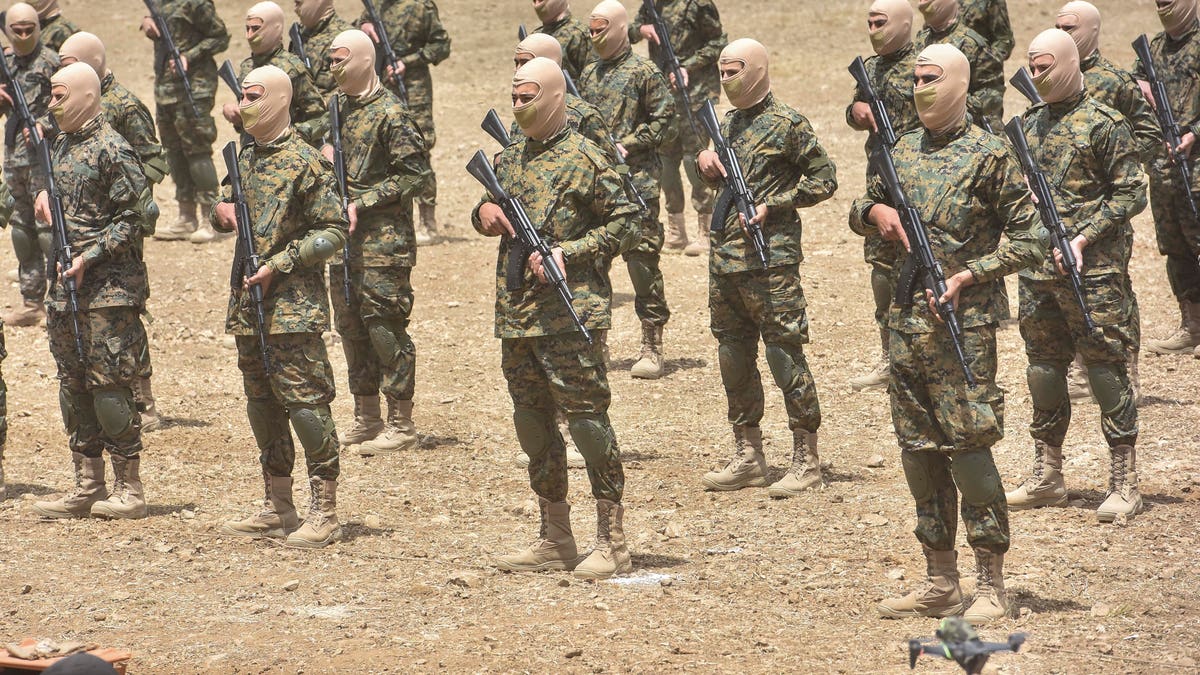
Lebanese Hezbollah fighters are taking part in cross-border raids, part of a large-scale military exercise, in Aaramta bordering Israel on May 21, 2023 ahead of the anniversary of Israel’s withdrawal from southern Lebanon in 2000. (Fadel Itani/NurPhoto via Getty Images)
HEZBOLLAH’S NEIGHBORS: ISRAELI BORDER COMMUNITY UNDER CONSTANT ATTACK FROM TERROR GROUP
He said there is enormous pressure on Hezbollah and every week Israel is killing Hezbollah operative. The Shiite community in Lebanon wants Hezbollah to retaliate against Israel, said Cohen, adding, «For the Shiite community Hezbollah is the state.»
Cohen said the IDF is gathering intelligence information about Hezbollah’s arsenal and attacking almost every day its leaders and operatives.

Hezbollah terrorists are taking part in cross-border raids, part of a large-scale military exercise, in Aaramta, bordering Israel, on May 21, 2023 ahead of the anniversary of Israel’s withdrawal from southern Lebanon in 2000. (Fadel Itani/NurPhoto via Getty Image)
He warned that because «Hezbollah said it will not disarm its militia … the big war will come.»
Fox News Digital reported in early November that Trump’s U.S. Ambassador to Turkey, Thomas Barrack, who also serves as envoy to Syria, said that Lebanon is a «failed state,» because of its «paralyzed government.»
CLICK HERE TO DOWNLOAD THE FOX NEWS APP
He also noted that Hezbollah retains 40,000 fighters and between 15,000 and 20,000 rockets and missiles, noting the terror group pays its militia $2,200 per month, whereas the Lebanese Armed Forces soldiers earn $275 a month and have inferior equipment as well.
israel,terrorism,conflicts,lebanon,national security





